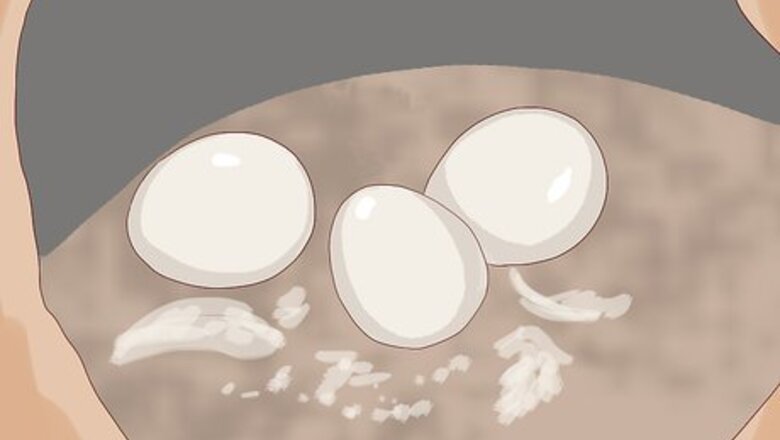
views
Identifying Your Parrot's Sex
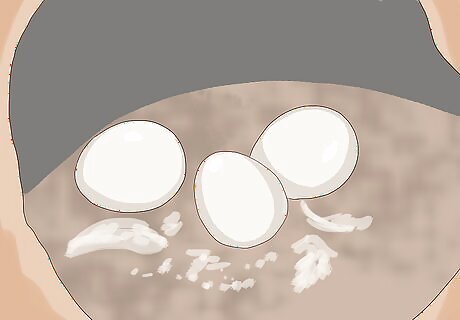
Look for eggs. The most definitive way to determine the sex of a parrot is to observe whether or not it lays eggs. Only female parrots produce eggs. In the wild, a female parrot only lays eggs after having sex with a mate. But female parrots in captivity may or may not lay eggs in their cage. Parrots do not lay eggs until they reach the age of sexual maturity. For many birds, this occurs at approximately 3 years old. Egg production can have a negative impact on a bird's health. If you have a solo parrot laying eggs, contact your vet.
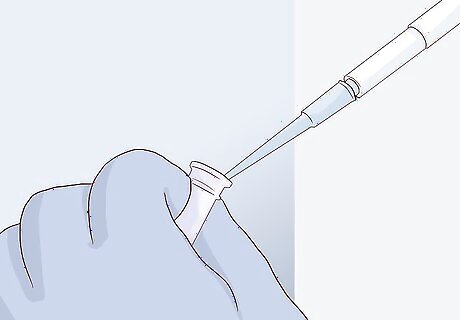
Use a DNA test. Many people do not want to wait several years to determine the sex of their bird. For instance, if you are a parrot breeder, you want to know if the birds you have are sexually compatible. It is possible to have a DNA test performed on your parrot. These results are typically fairly accurate, but not absolute. Ask your vet if he performs DNA-testing. Unless the bird is sexually dimorphic, DNA sexing is the safest and most efficient way to sex a parrot. There are labs you can send samples to. You will need to follow the specific instructions for shipping either a feather or nail-clipping.
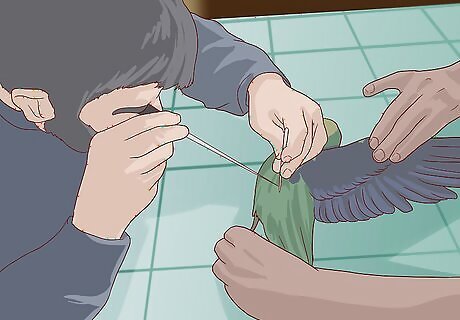
Surgically sex a parrot. Surgical sexing should be performed by an experienced vet. If you are not an expert in animal medicine, it is unlikely that you will be able to properly find and identify the sex organs of birds. Ask your vet if he performs surgical sexing, or if he can recommend a doctor who does. This method is not used regularly since the advent of DNA testing. Surgical sexing is mostly used to determine adult parrots with an unknown history. It has been known to harm the reproductive systems of smaller, younger birds. Brian Speer Brian Speer, Avian Veterinarian Discerning a parrot's sex can perplex even experts. Behaviors may suggest gender, but only DNA or egg laying confirm. In monomorphic species, subtle clues provide guesses. Yet biology intersects identity complexly. We should meet each bird on its own terms rather than impose assumptions.
Sexing Specific Breeds
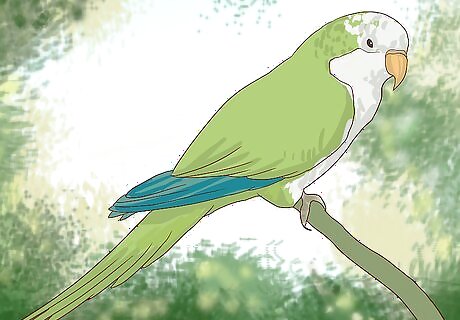
Categorize a Quaker Parrot. When you purchase or adopt a parrot, make sure that you ask for information about the breed. Different types of parrots look and behave differently. Some of them have easier ways to discern sex, too. With the Quaker Parrot, the only definitive way to tell the sex is to wait for the bird to lay eggs. Some female Quakers do not lay eggs until they are more than 10 years old. You might have to be very patient to determine the sex of your Quaker. You can make an educated guess based on some behavioral traits of Quaker Parrots. For example, a male parrot may move his tail briskly side to side during high hormonal periods. Females are more apt to move their tails up and down.
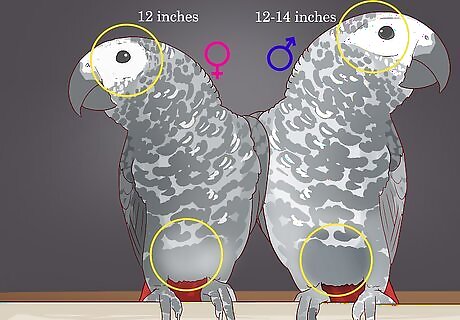
Learn about differences in African Grey Parrots. African Grey parrots have several physical characteristics that can help you tell whether you have a male or female. However, it is important to remember that these are general traits and do not lead to a scientific determination. The best way to tell the sex of an African Grey is to wait for eggs or have a DNA test performed. Male African Greys tend to be larger. They are typically 12-14 inches in height, while females are usually less than 12 inches tall. Male African Greys usually have eye patches that are pointed, while a female's eye patches are mainly rounded. Female African Greys have light grey feathers on the underside of their bodies. In males, these feathers are typically a darker grey.
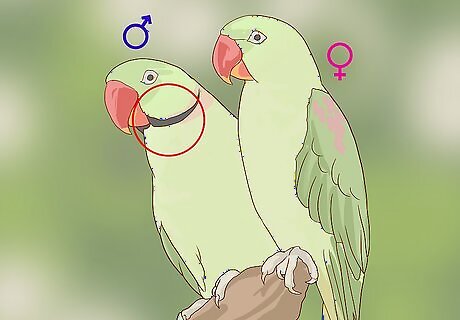
Find the sex of a Ringneck Parrot. The Ringneck differs from some other breeds because it is sexually dismorphic. That term means that there is a way to visually distinguish the sex of these birds. A male Ringneck develops a brightly colored, dark ring around his neck. The female will have a very faint ring. The ring does not develop until the bird is sexually mature. This will occur when he is about 3 years old. A female Ringneck typically has a rounder face than a male.
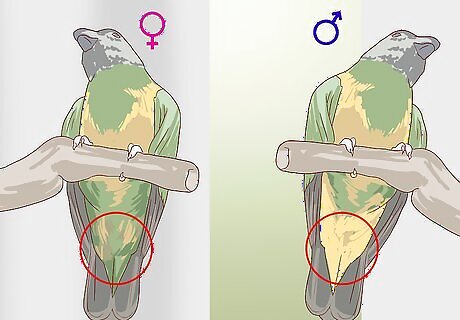
Visually observe Senegal Parrots. There is a fairly accurate way to determine the sex of Senegal Parrots. The under-tail feathers of a male Senegal is almost always pure yellow. It is very rare to find a male Senegal with any green in these feathers. Female Senegals have under-tail feathers that are a combination of yellow and green. This method is not 100% accurate.
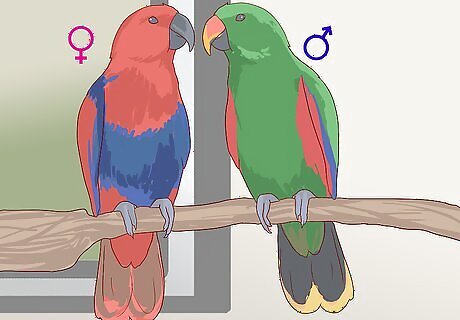
Sex your Eclectus Parrot. The Eclectus is one of the simpler breeds to visually sex. The male typically is mostly green with vivid splashes of red on his wing bends and the sides of his body. The female Eclectus is mainly red, blue, or purple. The male has a candy corn (multi-colored) beak, while the female almost always has an entirely black beak.
Caring For Your Parrot
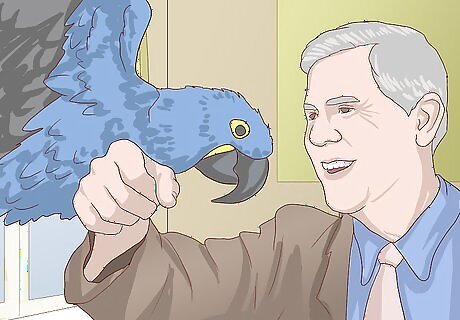
Provide out of cage time. If you are considering adopting or buying a parrot, make sure that you have considered all aspects of bird ownership. For instance, in order to be happy, parrots like to have at least a little bit of time outside of the cage each day. Be certain that you are comfortable having a parrot flying around or house before bringing one home. If you have a spare room, consider devoting that room solely to your parrot. She will appreciate having her own space to fly. Parrots like to chew, so make sure to cover wires, candles, air fresheners, or anything else that would be harmful to a bird.
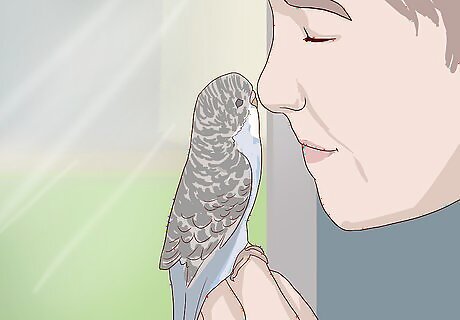
Be social. Parrots are very smart and can make wonderful companions. Remember, she is not just decoration. She has a personality, likes, and dislikes. Take some time to get to know your bird. Parrots like to be social, so spend time with her each day. Talk to her or try singing to her. Consider adopting two parrots. They will enjoy having company.
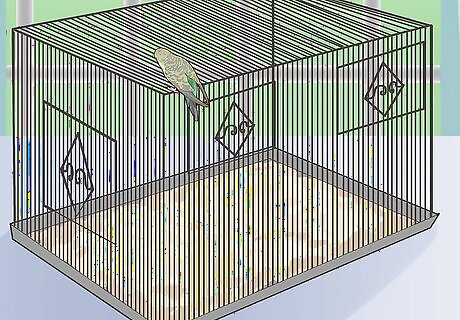
Give her a large cage. If your parrot will spend most of her time in a cage, try to make it a comfortable space. Purchase the largest cage that you have room for. Make sure there is room for her to have several perches and toys. Place perches on different levels so your bird has a variety of places to play and rest.
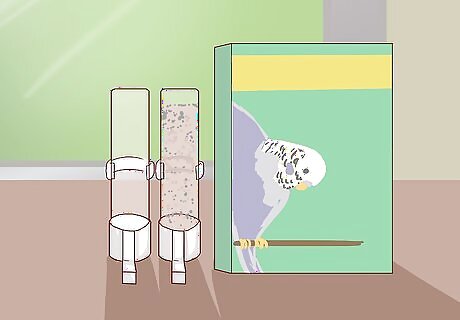
Provide plenty of fresh water and food. Like humans, parrots need food from a variety of sources, including grains and vegetables. You can purchase commercial parrot pellets as a base for your parrot's diet. Then, supplement the pellets with specific "human" foods. Feed your parrot a variety of vegetables, such as zucchini, peas, and green beans. Cut them into small pieces to feed her. Your parrot can eat almost any type of grain-based breakfast cereal. Feed her dry cereal each morning. Table foods should make up 20-40% of your parrot's total diet. Provide your parrot with fresh, clean water daily.




















Comments
0 comment